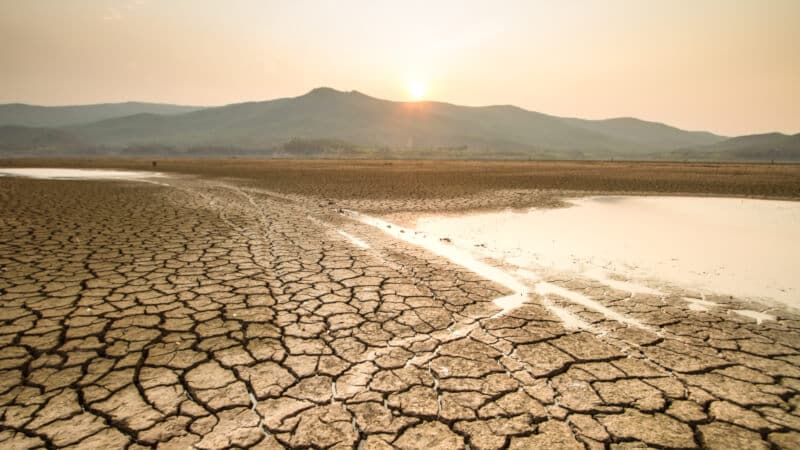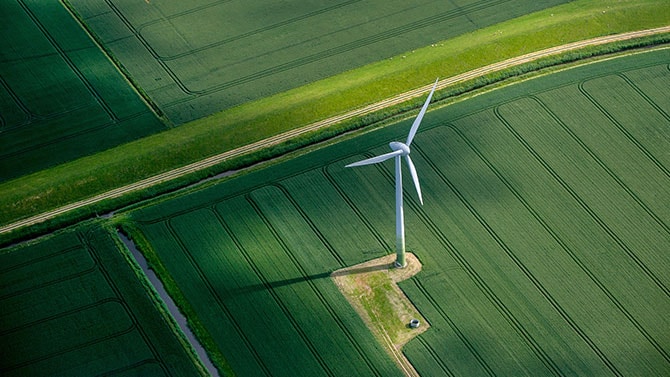Transformational strategies so you can grow through the energy transition
Energy, utilities and resources

The world is shifting towards a more secure, resilient and efficient energy future. Traditional fossil fuels are increasingly complemented by a mix of diverse sources—solar, wind, hydrogen, nuclear and advanced fuels. Electric vehicles, smart grids and carbon capture technologies are changing how we power industries, cities and homes.
But progress brings complexity, such as ageing infrastructure and unpredictable costs. And the need for new investment models demands bold action.
Collaboration is key. Governments, businesses and communities working together to shape a new energy system: resilient, affordable and built for the future.
We help you navigate market changes, manage risk and capitalise on innovation. Move beyond legacy systems. Embrace renewables, digital innovation and circular economies. And fuel a more secure and adaptable energy future.

Taking the lead on sustainability
The race to net zero is accelerating. Climate change, resource scarcity and the global energy transition are driving major shifts across the industry. From decarbonisation to digitalisation, the coming years will redefine business models, investment priorities and regulatory landscapes.
Key trends in the energy transition
- Sector convergence
- The green recovery
- Electricity and CO2
- New business clusters
- Emerging business models
- Transformation journeys
Sector convergence
The boundaries between industries are blurring. Sectors are reorganising into larger, intersecting domains—grouped by the value they provide to customers and economies. Rapid progress in AI, data and automation are reshaping supply chains. These shifts bring both risk and opportunity—as well as demanding new business models, partnerships and ways of thinking.
The green recovery
Governments worldwide are investing in scalable infrastructure, energy security and decarbonisation. Businesses face a dual challenge: meeting investor and consumer needs for sustainability while responding to increased energy demand and navigating regulatory and geopolitical complexities. Those that adapt quickly will be best positioned to thrive in a new energy landscape.
Electricity and CO2
Balancing supply and demand across increasingly complex grids remains a challenge. Decarbonising industries and reducing emissions will require new energy storage solutions, alternative feedstocks and carbon capture technologies. The companies that innovate here will set the pace for the industry.
New business clusters
Energy is at the centre of one of the biggest industrial transformations in history. As traditional models evolve, new business clusters are emerging—driven by strategic investment, public–private partnerships and cross-sector collaboration. Companies that tap into these ecosystems will unlock new opportunities for growth.
Emerging business models
The path to net zero requires fresh thinking and bold innovation. Governments and industries must work together to reimagine energy markets, rethink incentives and create new mechanisms for driving sustainable change. From tax credits to digitalisation, and from grid modernisation to cross-industry partnerships.
Transformation journeys
This transition won’t happen overnight. It needs a long-term, dynamic approach: building flexibility into operations, adopting new technologies and setting clear sustainability goals. The sooner companies act, the better positioned they will be to manage risks and capture emerging opportunities.
Contact us

Jeroen van Hoof
Global Energy, Utilities and Resources Leader, Global Mobility Services
Tel: +31-88-7921328




Global Energy, Utilities and Resources Industry Executive, PwC Germany
Tel: +49 211 981 4602

















